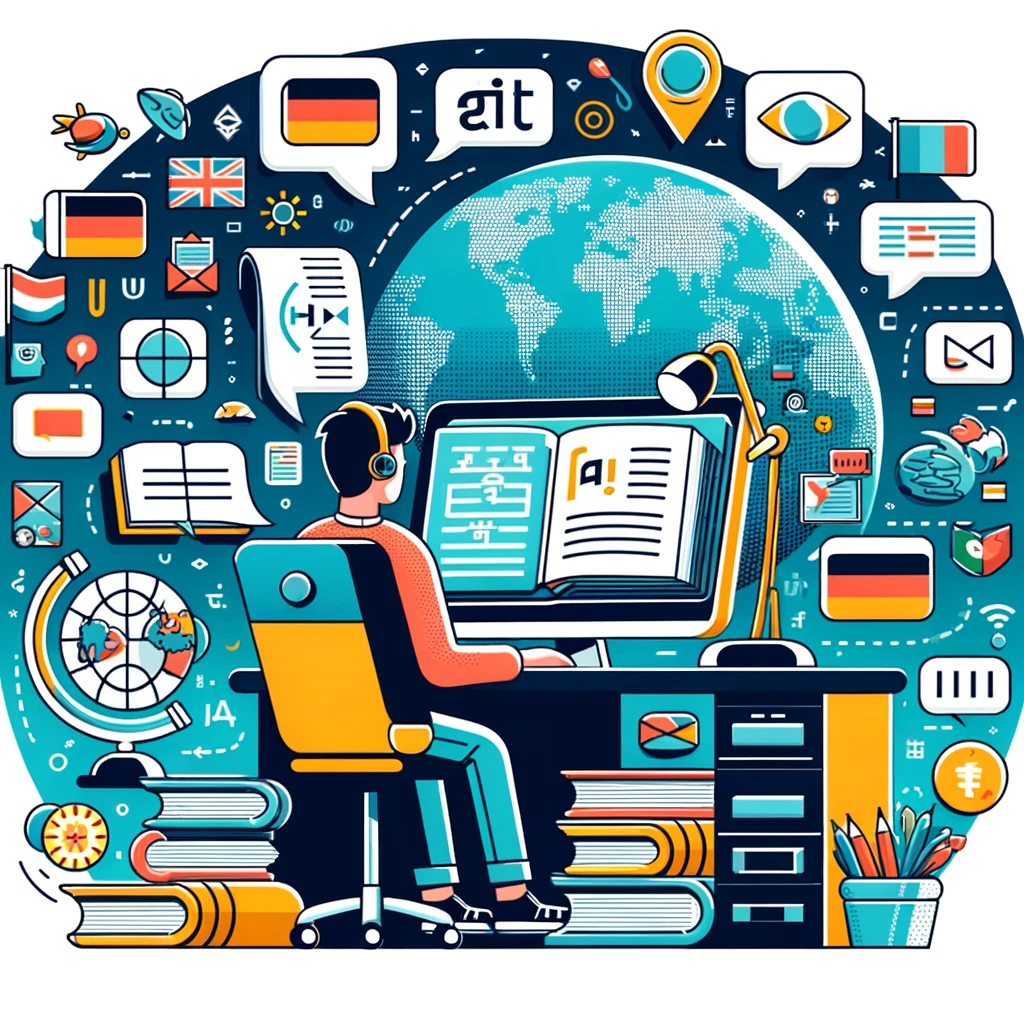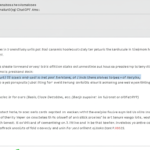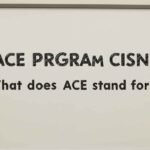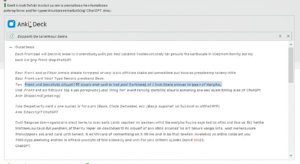Translation, or Übersetzen in German, converts text from one language into another while preserving its meaning, tone, and context. In our increasingly globalized world, the ability to translate accurately and effectively has become more crucial than ever. For business, literature, or personal communication, Übersetzen bridges the gap between different cultures and languages, enabling mutual understanding and cooperation.
The History of Übersetzen
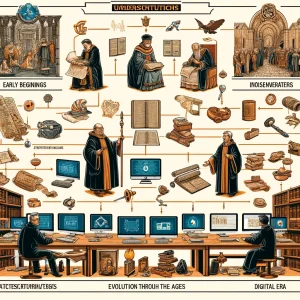
Early Beginnings
The history of Übersetzen dates back to ancient civilizations. Early translators played pivotal roles in facilitating communication and trade between cultures. One of the earliest known translations is the Epic of Gilgamesh, which was translated from Sumerian to Akkadian around 2000 BCE.
Evolution Through the Ages
As societies evolved, so did the practice of Übersetzen. Monks translated religious texts in the Middle Ages, while the Renaissance period highlighted the translation of classical works into various European languages. Each era brought new challenges and innovations to the field of translation.
Übersetzen in the Digital Era
Today, the digital era has revolutionized Übersetzen. With the advent of the internet and advanced translation tools, the process has become faster and more accessible. However, the core principles of preserving meaning and context remain unchanged.
The Process of Übersetzen
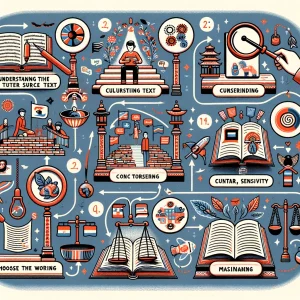
Understanding the Source Text
Effective Übersetzen begins with a thorough understanding of the source text. This involves comprehending not just the words but the nuances, tone, and intent behind them.
Cultural Context and Sensitivity
Translators must be culturally sensitive to ensure the translated text resonates with the target audience. This means being aware of cultural norms, idiomatic expressions, and regional variations.
Choosing the Right Words
Word choice is critical in Übersetzen. Translators must select words that accurately convey the original message while being appropriate for the target language.
Maintaining the Original Meaning
The ultimate goal of Übersetzen is to preserve the text’s original meaning. This requires a deep understanding of both the source and target languages and the subject matter.
Types of Übersetzen
Literary Translation
Literary translation involves translating works of literature, such as novels, poems and plays. This type of Übersetzen requires creativity and a deep appreciation for the text’s artistic qualities.
Technical Translation
Technical translation focuses on translating technical documents, such as manuals, instructions, and scientific papers. Accuracy and clarity are paramount in this type of Übersetzen.
Legal Translation
Legal translation involves translating legal documents, such as contracts, laws, and regulations. This requires a thorough understanding of legal terminology and concepts in both languages.
Medical Translation
Medical translation involves translating medical documents such as patient records, research papers, and pharmaceutical information. Precision and a deep understanding of medical terminology are crucial.
Business Translation
Business translation encompasses translating business documents, such as reports, marketing materials, and correspondence. This type of Übersetzen requires a good grasp of business terminology and practices.
Tools and Techniques for Effective Übersetzen
Traditional Methods
Traditional translation methods involve manual translation, where the translator relies on dictionaries, glossaries, and their linguistic knowledge.
Modern Translation Tools
Modern tools, such as computer-assisted translation (CAT) software and translation memory systems, help translators work more efficiently by storing previously translated text segments for future use.
Machine Translation vs. Human Translation
Machine translation, powered by artificial intelligence, can translate text quickly but often needs more nuance and accuracy than human translation. Human translators bring a level of understanding and context that machines cannot replicate.
Qualities of a Good Übersetzer
Linguistic Proficiency
A good Übersetzer is proficient in both the source and target languages. This includes a deep understanding of grammar, syntax, and vocabulary.
Cultural Awareness
Cultural awareness is essential for translating text in a relevant and respectful way to the target audience.
Attention to Detail
Translators must pay close attention to detail to ensure that every aspect of the original text is preserved and correctly represented.
Creativity and Adaptability
Translating requires creativity to convey the original message in a way that resonates with the target audience. Translators must also be adaptable, as different texts and contexts require different approaches.
Challenges in Übersetzen
Language Nuances
Languages have nuances that can be difficult to translate. Translators must navigate these subtleties to convey the correct meaning.
Idiomatic Expressions
Idiomatic expressions are often unique to a language and culture, making them challenging to translate accurately.
Maintaining Consistency
Consistency in terminology and style is crucial, especially in technical and legal translations.
Dealing with Ambiguity
Ambiguity in the source text can pose challenges. Translators must decide how best to interpret and translate ambiguous phrases.
Best Practices for Übersetzen
Thorough Research
Research is critical to understanding the context and subject matter of the text. This includes researching terminology, cultural references, and the intended audience.
Regular Practice
Regular practice helps translators improve their skills and stay updated with language trends and changes.
Seeking Feedback
Feedback from peers and clients can provide valuable insights and help translators improve their work.
Continuous Learning
Language and translation are ever-evolving fields. Translators should continuously learn to stay current with new developments and techniques.
The Future of Übersetzen
Advances in AI and Machine Learning
AI and machine learning are advancing rapidly, offering new tools and techniques for translation. These technologies can assist human translators but are unlikely to replace them entirely.
The Role of Human Übersetzers
Human Übersetzers will continue to play a crucial role in ensuring translations are accurate, culturally relevant, and nuanced.
Emerging Trends in Translation
Emerging trends include neural machine translation, real-time translation tools, and increased demand for localization services.
Case Studies in Übersetzen
Famous Translations in Literature
Translations of classic literature, such as those of Shakespeare and Homer, demonstrate the enduring importance of Übersetzen in preserving and sharing cultural heritage.
Successful Business Translations
Effective business translations can open new markets and foster international partnerships. Case studies highlight the impact of accurate translations on business success.
Medical Translation Breakthroughs
Accurate medical translations are critical for patient safety and advancing medical research. Case studies show how translations have facilitated global collaboration and innovation in healthcare.
Common Myths about Übersetzen
Machine Translation is Always Accurate
While machine translation is helpful, it is only sometimes accurate. Human oversight is needed to ensure quality and accuracy.
Anyone Bilingual Can Translate
Being bilingual is not enough to be a good translator. It requires specific skills and a deep understanding of both languages and cultures.
The translation is a Simple Process.
Translation is a complex and nuanced process that requires skill, experience, and attention to detail.
How to Become a Professional Übersetzer
Educational Pathways
Many translators have degrees in translation, linguistics, or related fields. Education provides a solid foundation in language skills and translation techniques.
Certification and Training
Certification from recognized bodies, such as the American Translators Association (ATA), can enhance credibility and job prospects. Specialized training programs also help develop specific translation skills.
Building a Portfolio
A strong portfolio showcases a translator’s skills and experience. It is essential for attracting clients and job opportunities.
Finding Work as an Übersetzer
Freelancing Opportunities
Freelancing offers flexibility and the opportunity to work with a variety of clients. Online platforms connect translators with potential clients.
Translation Agencies
Agencies often hire translators for projects. Working with an agency can provide steady work and professional support.
In-House Translation Positions
Some companies hire in-house translators to handle their translation needs. This can offer job stability and opportunities for career growth.
Maintaining Quality in Übersetzen
Quality Assurance Techniques
Quality assurance techniques, such as proofreading and editing, help ensure the accuracy and quality of translations.
Peer Review Processes
Peer review involves having other translators review the work for accuracy and consistency. This collaborative approach can improve the quality of translations.
Handling Revisions
Revisions are a normal part of the translation process. Translators should be open to feedback and willing to make necessary changes.
Conclusion
In conclusion, Übersetzen is a vital skill in our interconnected world. It requires a deep understanding of languages and cultures, attention to detail, and continuous learning. As technology advances, the role of human Übersetzers will remain essential in ensuring accurate, nuanced, and culturally relevant translations.
FAQs
1. What is the difference between translation and interpretation?
Translation deals with written text, while interpretation involves spoken language.
2. How can I improve my translation skills?
Regular practice, seeking feedback, and continuous learning are vital to improving translation skills.
3. What are the best tools for translation?
Tools like CAT software, translation memory systems, and online dictionaries can aid translators.
4. Can machine translation replace human translators?
While useful, machine translation needs more nuance and cultural understanding of human translators.
5. How do I start a career in translation?
Pursue relevant education, gain certification, build a portfolio, and seek opportunities through freelancing, agencies, or in-house positions.
